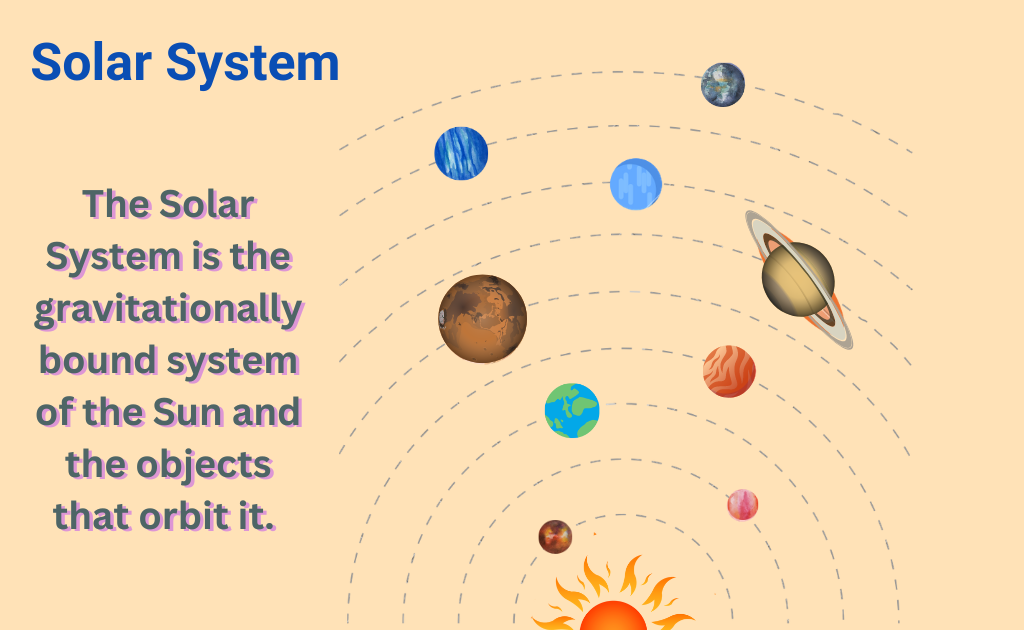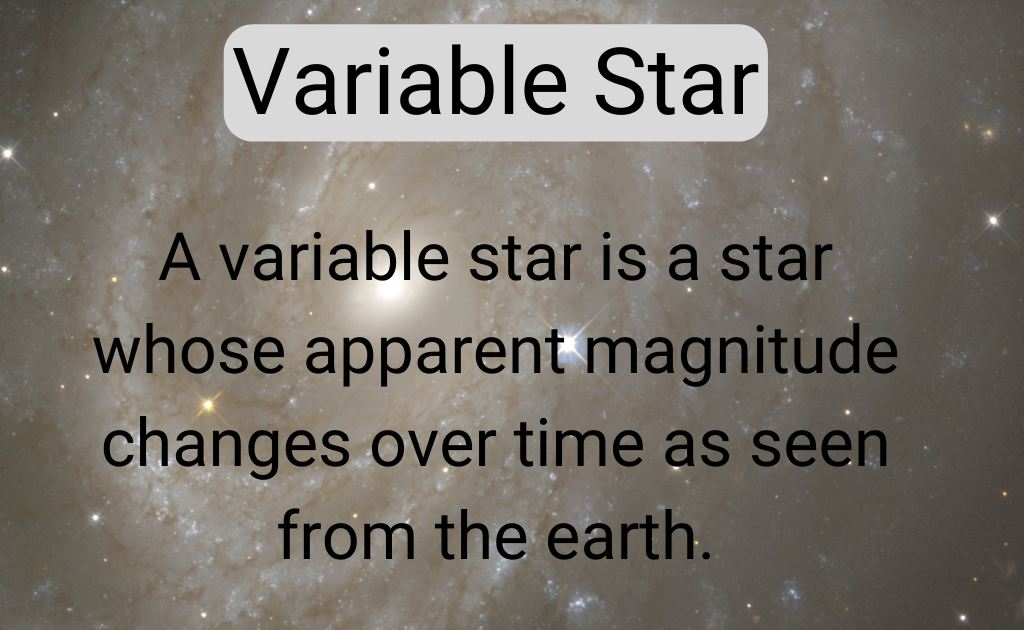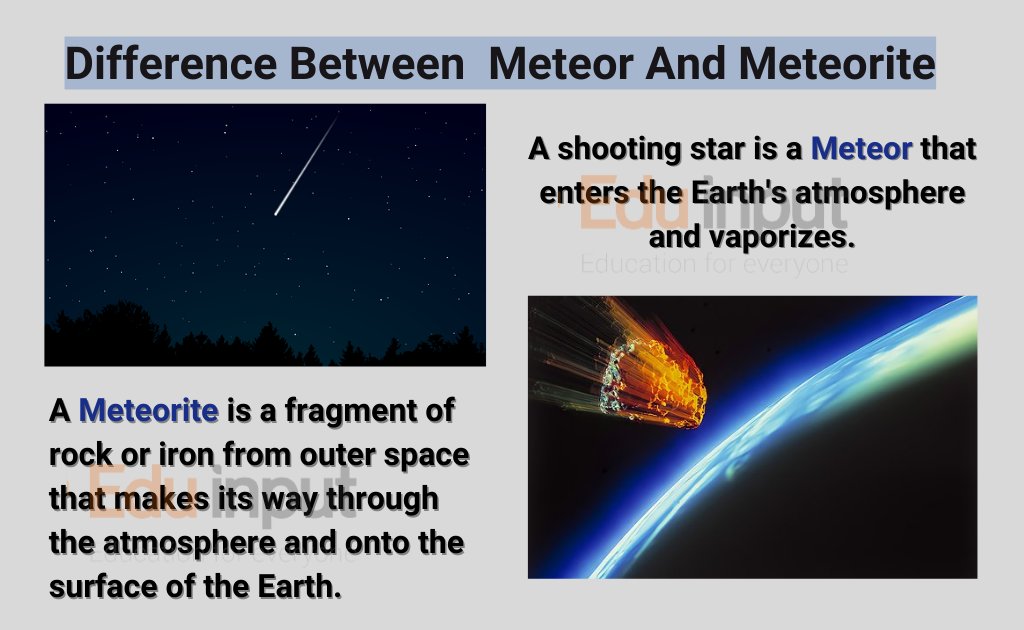Solar System-Definition, And Composition
The solar system is made up of the sun and objects that move around it. It was formed 4.5 billion years ago from the collapse of a giant cloud of gasses. Most of the mass of the system is in the Sun, with the remaining mass in Jupiter.
Solar System
The solar system may be as large as 15 trillion km and has up to 100 astronomical units in size. The solar system is held together by the sun’s gravity, which means that objects such as planets and asteroids can be seen around it.
In the solar system, the Sun is the largest object. It provides the heat for all life on Earth. The sun has a surface temperature of 6000⁰C, which is a star. This gas is mostly made up of Hydrogen gas and a small amount of Helium gas.

The solar wind is the stream of charged particles created by the sun and is responsible for creating the heliosphere, a bubble-like region of space that extends outwards from the Sun, within which our entire Solar System is located.
The location of the heliopause, which is the point at which pressure from the solar wind is equal to the opposing pressure of the interstellar medium, can be found on this page. There is only one page that covers the Solar System.
The Oort Cloud, which is thought to be the source for long-period comets, maybe 1000 times farther away than the heliosphere. Most of the visible stars in the night sky can be seen from the solar system, which is located about 26,000 light-years away from the center of the Milky Way. Proxima Centauri is the closest star to be found within the Local Bubble at 4.2 light-years.
Composition of Solar System
There are eight large, almost spherical planets in the solar system that are in elliptical paths around the sun. The Earth is not too hot or too cold for life to exist because it is not too far from the sun. It was created by a series of collisions between objects that formed in the early Solar System more than 4.5 billion years ago. There are two types of planets, Gas, and Rock.
Terrestrial planet
A telluric planet, also known as a rocky planet, is a planet that is composed of mostly silicate rocks. The inner planets of the Solar System are Mercury, Venus, Earth, and Mars, which are accepted by the IAU.
It is possible that the mass of three or more planetary-mass satellites, including Earth’s Moon, and possibly even Europa, could be counted as terrestrial planets.
Gas giants
A giant planet is made of mostly hydrogen and helium and failed to ignite as it was being formed. The term “gas giant” is a reference to the planet.
Nowadays the term “gas giant” is used to refer to planets that are made up mostly of hydrogen and helium, such as Jupiter and Saturn. In the 1990s, it became known that Uranus and Neptune were not the same as other planets because they were composed of heavier volatile substances.
In the last few years, Uranus and Neptune have been classified as ice giants because they are larger than Jupiter and Saturn.
Asteroids
It is thought that the moons did not originally circle Mars, but were part of the asteroid belt. The lump of rock is much smaller than the planets. Minor planets are what these lumps are called asteroids. They are not visible from the ground with the naked eye but can be seen with binoculars or small telescopes.
Comets
There are comets that are small and made of ice. The farthest reaches of the solar system beyond Neptune are where they come from. The ice behind these objects forms a beautiful tail when they come close to the sun. The next time in the year 2061, the comet will appear once every 76 years, like Halley’s comet.
Dwarf Planets
Dwarf Planets are larger than asteroids and are also smaller than planets. There are various points in the solar system where the Sun is at various times. The closest dwarf planet to us is Ceres, which is located in the asteroid belt. Located beyond the gas giant planet Neptune, the dwarf planet Pluto is the most famous.
It is one of the most distant bodies in the Kuiper Belt. For the first time in history, a spacecraft visited the dwarf planet and captured images of it in high resolution.
Related FAQs
What does the solar system consist of?
The solar system also contains 8 planets, including large almost spherical objects that rotate around the Sun in elliptical orbits.
One of the reasons Earth is the only planet we know of that is capable of supporting life is that it is at a distance from the sun.
How many types of planets are there?
There are two types of planets.
Rocky planet
Gas giants
What are asteroids?
asteroids are big chunks of rock or metal that are mostly found in the vicinity of the Sun between Mars and Jupiter. It is thought that these moons were part of the Asteroid belt and did not originally circle Mars.
What is a comet?
There are comets that are small and made of ice. The farthest reaches of the solar system beyond Neptune are where they come from.







Leave a Reply